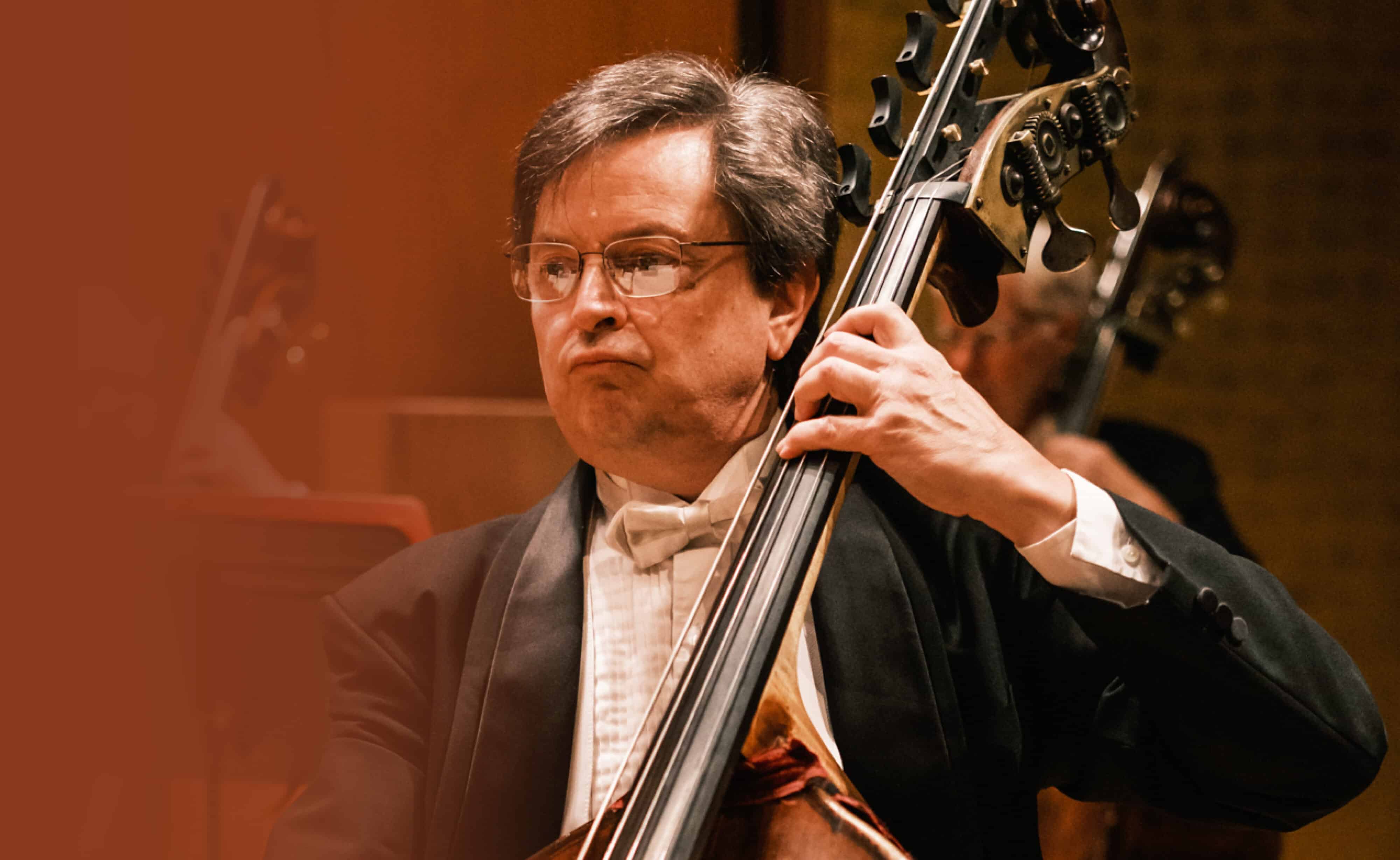J.S. Bach – Brandenburg Concerto No. 3 in G Major, BWV 1048
Written by Jeff Counts
Instrumentation: 3 violins, 3 violas, 3 celli, double bass, harpsichord.
Duration: 10 minutes.
THE COMPOSER – JOHANN SEBASTIAN BACH (1685-1750) – After four years as Kappelmeister in Cöthen, Bach seemed ready to move on. The small town had no substantial organ, no tradition of choral music and due to the Calvinist bent of the court, no instrumental church music scene either. Bach stayed as long as he did because of his friendship with Prince Leopold but there were clear indications in 1721 that the composer was looking for a new job.
THE MUSIC – The clearest of these indications was the composition of the six Brandenburg Concerti. Bach dedicated the set to the Margrave (hereditary nobleman) Christian Ludwig of Brandenburg. The Margrave had apparently requested some of the composer’s work and Bach seized the opportunity to impress him with the new concerti and an accompanying note of incredible obsequiousness that says much about 18th century expectations with regard to royal courtesy. While Bach’s letter was little more than obligatory fluff, the music it promised was destined for landmark status. Not that the Margrave would notice. He never replied, let alone offered Bach a position in his court. Thankfully, though, his interest (however mild) in Bach’s music resonates still through the magical set of pieces it inspired. Bach’s gifts for variety and instrumental coloration are on full display in the Brandenburg Concerti, the most perfect Baroque exemplars of the genre ever written. No. 3 features nine solo strings in three familial groupings with bass and harpsichord accompaniment. With no specifically designated soloists, Bach was free to spread the spotlight throughout the upper voices of the ensemble in successively inventive ways. This concerto differs from the typical three-part structure and lacks an official adagio movement. In its place is a pair of chords that provide an opportunity for cadenza flourishes that link the two allegro sections. Bach eventually did leave Cöthen for Leipzig, but his attempt at employment in Brandenburg, though unsuccessful, was history’s gain.
THE WORLD – Peace was finally achieved between Sweden and Russia with the 1721 Treaty of Nystad that confirmed Russian control of the Baltic. Also that year, rudimentary smallpox vaccination was introduced in England and Pope Clement XI died in Rome.













